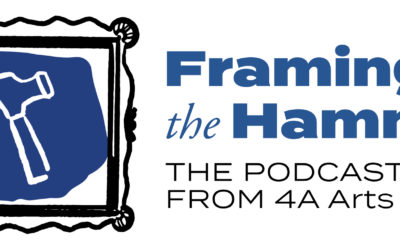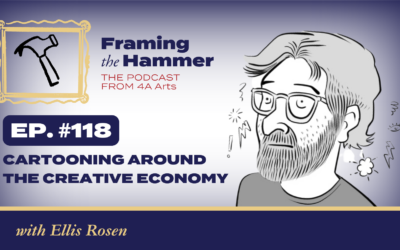
A Bit of American Trans History
No one can deny that the transgender population has a shared cultural background, rich in art and traditions, a culture that is not only distinct from that of conventional America, but has informed and influenced it since the earliest days of European colonization. Spanish conquistador Alvar Núñez Cabeza de Vaca wrote in 1542 about his travels through much of the North American continent – from Florida all the way to Arizona and later down through Mexico – and in his accounts, he described encountering men who married other men, “effeminate men [who] go about covered like women and they perform the tasks of women, and they shoot with a bow, and they carry very great loads.”
America’s Founding Figures
By the early 1700s, the tradition of drag had been ignited in the Colonies when Edward Hyde, Lord Cornbury, governor of New York, dressed in imitation of Queen Anne to open the 1702 New York Assembly, responding to critics that he was the Queen’s representative, and sought to represent her faithfully. (Drag and cross-dressing have always overlapped with the trans experience, though the two are not synonymous.)
Revolutionary war hero Casimir Pulaski, commander of the American cavalry during the 1779 siege of Savannah, gave his life in the service of the founding of a new nation of liberty. When a 2019 examination of his skeleton was completed, it was revealed that Pulaski was, in fact, either a trans man or intersex. His monument on Bull Street in Savannah reads “Pulaski, the Heroic Pole, who fell mortally wounded, fighting for American Liberty”.
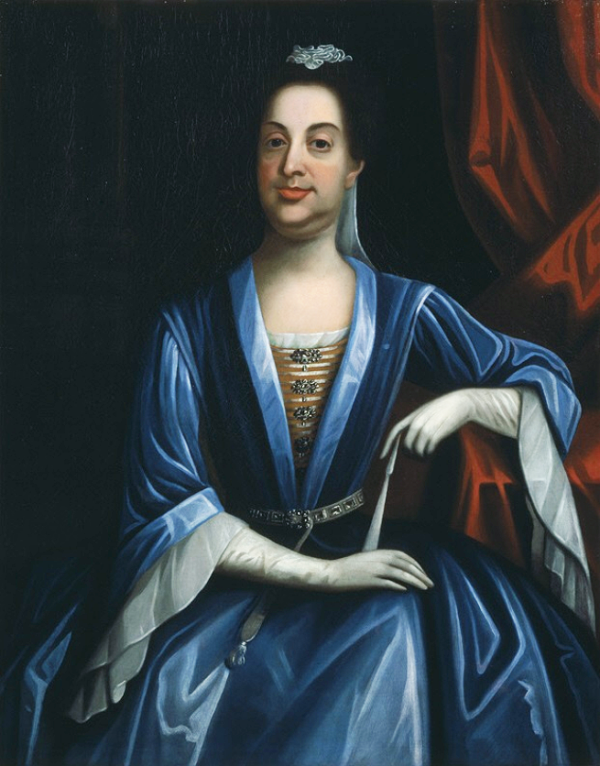
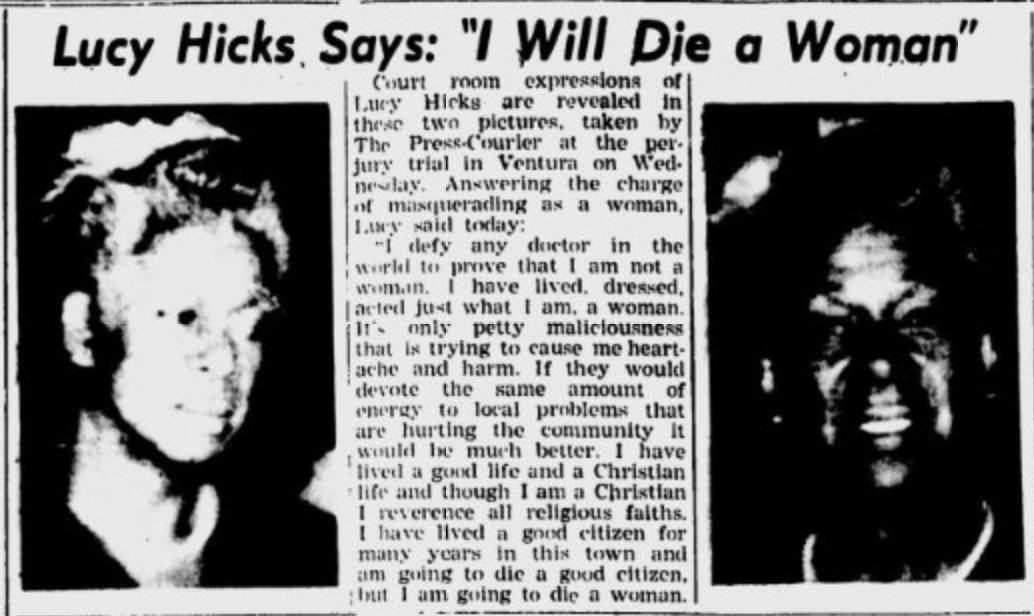
I defy any doctor in the world to prove that I am not a woman. I have lived, dressed, and acted just as I am: a woman. It’s only petty maliciousness that is trying to cause me heartache and harm. If they would devote the same amount of energy to local problems that are hurting the community, it would be much better…I have lived a good citizen for many years in this town, and I am going to die a good citizen, but I am going to die a woman. (Oxnard Press Courier, 1945)
The 20th Century
By the 1960s, transgender individuals were putting their unique stamp on mainstream American culture. Virginia Prince, a PhD in Pharmacology who had been cross-dressing since the age of 12, founded the Hose and Heels Club in 1962, later renamed Phi Pi Epsilon to represent the phrase “Full Personality Expression”.
Trans actresses Holly Woodlawn and Candy Darling acted as muse for such household names as Andy Warhol and Lou Reed, whose groundbreaking Billboard hit “Walk on the Wild Side” opens with Woodlawn’s name. Darling was featured in the lyrics of songs by the Rolling Stones, The Velvet Underground, and more and went on to star in the original 1972 stage production of Small Craft Warnings, cast at author Tennessee Williams’s request. Since her early death from lymphoma in 1974 at the age of 29, Darling has been portrayed on stage, screen, and sculpture as a luminary of transgender culture.
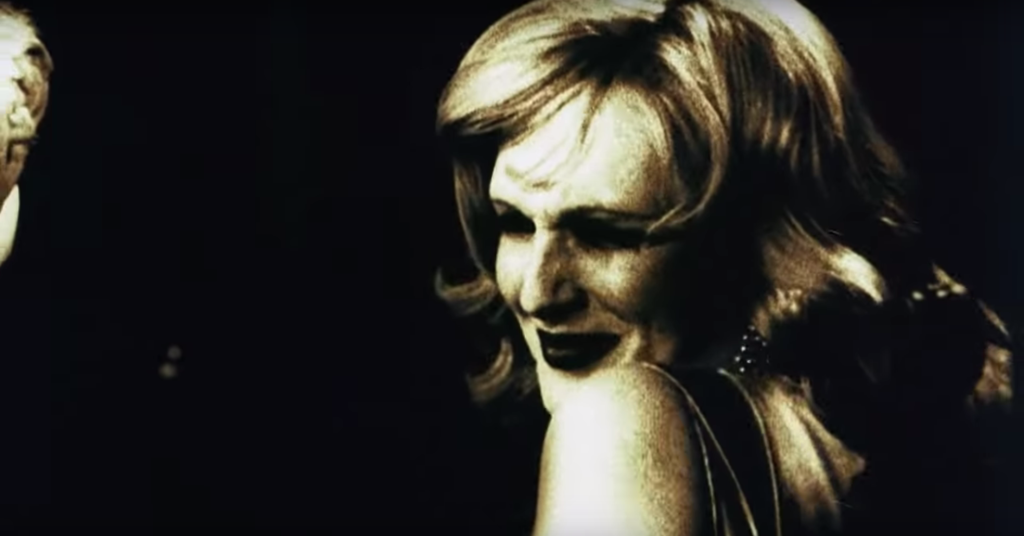
True Glam
Another Warhol muse, Jackie Curtis, is credited with being directly responsible for inspiring the 1970s glam rock movement, later adopted and brought to international prominence by androgynous rock star David Bowie and influencing the style of cult classic film The Rocky Horror Picture Show. Warhol reportedly said that “Jackie Curtis is not a drag queen. Jackie is an artist. A pioneer without a frontier.”
Similarly, by 1984, international superstar Freddie Mercury was making a splash on MTV by wearing a leather miniskirt and a mustache in Queen’s music video for their hit song “I Want to Break Free,” and a few years later he and friends smuggled a cross-dressing Princess Diana into famous gay bar the Royal Vauxhall Tavern. British band Queen is a staple of American music history, having earned its place in American musical annals from the Hollywood Walk of Fame to its 2001 induction into the Rock and Roll Hall of Fame in Cleveland, Ohio.

As for Now
Today, trans artists and creatives are everywhere, from blockbuster director-producer trans twin duo the Wachowskis, who have openly admitted that their 1999 blockbuster hit The Matrix was always a metaphor for the transgender experience, to star Jonathan Van Ness of Netflix’s Queer Eye for the Straight Guy and Getting Curious with Jonathan Van Ness. Elliot Page’s 2021 real-life transition was explored onscreen as a plot point in their character’s journey in The Umbrella Academy.
Any list of contemporary trans artists must include Laverne Cox, best known for her Emmy-award winning role on Orange Is the New Black. Cox was recently the recipient of a new first: Mattel created the Barbie Tribute Collection Laverne Cox Doll, the first Barbie doll inspired by a transgender individual. And Cox isn’t the only gender-bending artist to come to life as a toy: mall staple Build-a-Bear recently announced their latest online exclusive, featuring renowned drag queen RuPaul as a stuffed bear, complete with gold sequined gown and heels.

And this account lacks the time to address the hundreds of trans activists who changed the course of history via protests at such venues as Stonewall, Compton’s Cafeteria, and the Cooper Do-nuts Riot.
An Indelible Mark
The spirit of play, of glamor, and of exploration is the indelible mark that the trans community has left and continues to leave on American culture. Trans culture challenges us to reconsider our relationship to the society around us, and encourages a spirit of transformation and innovation unmatched by any other population. Trans culture demands that we ask ourselves, “Who are we, really?” and emboldens us to answer that question on our own terms rather than be defined by how others would see us. And best of all, trans culture does that by offering us the great gift of creative play.
We cannot deny that anti-trans legislation is specifically designed to impose a single, narrow culture upon the entirety of the American population. Legislative actions that seek to hide trans individuals from sight and deny the next generation access to the lifesaving care they need work to destroy a unique American ethnic group’s identity and existence. The result is an impoverished and anemic American culture, one that sees the world in black and white and denies the existence of all the beautiful and iridescent colors in between.
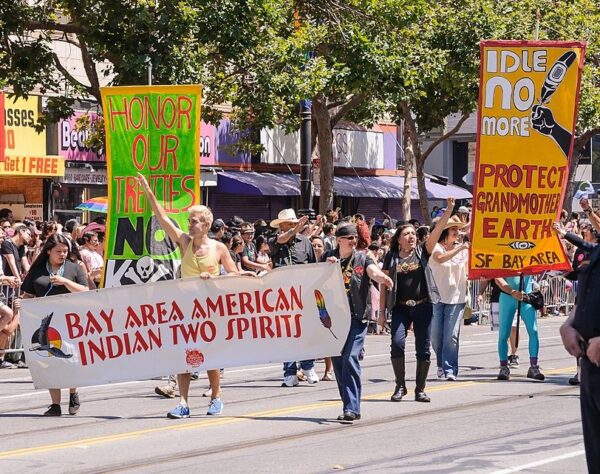
Arts and culture foster belonging, inclusivity, and empathy, allowing audiences to visualize the lived experiences of others. We call on the arts community to stand with our trans brothers and sisters, to use our shared gifts of communication and connection to uplift and celebrate the unique contributions of this essential and vibrant community.
Anti-trans legislation is not only genocide in its push to extirpate trans individuals from our society; it is cultural genocide – the deliberate erasure of a dynamic and extraordinary culture. And America is lesser for it.




